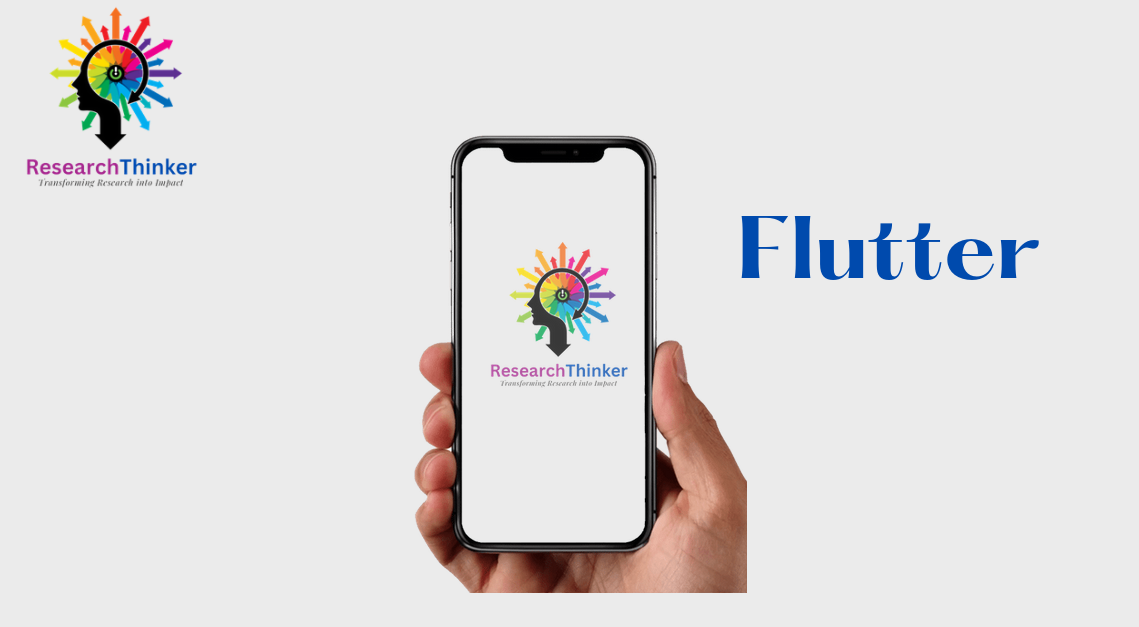Building mobile apps for smart devices presents various challenges that developers need to address for successful implementation. Here are 20 challenges faced during the development of such apps:
1. Device Fragmentation: Dealing with a wide range of smart devices with different screen sizes, operating systems, and hardware capabilities.
2. Connectivity Issues: Ensuring seamless connectivity and communication between the app and various smart devices.
3. Power Consumption: Optimizing app performance to minimize battery drain on both the mobile device and smart devices.
4. Security Concerns: Addressing security vulnerabilities and ensuring data privacy, especially when handling sensitive user data.
5. Interoperability: Ensuring that the app can integrate and work seamlessly with different types and brands of smart devices.
6. Data Handling: Managing and processing large amounts of data generated by smart devices in a timely and efficient manner.
7. Real-Time Responsiveness: Ensuring the app can provide real-time responses and updates to users, especially in critical IoT applications.
8. User Experience: Designing an intuitive and user-friendly interface that caters to users with varying levels of technical expertise.
9. Compatibility: Ensuring the app functions correctly on different mobile operating systems and device versions.
10. App Performance: Optimizing app performance to prevent lags and crashes, especially when dealing with resource-intensive IoT applications.
11.Remote Firmware Updates: Ensuring that the app can remotely update firmware on connected smart devices for security and functionality improvements.
12. Regulatory Compliance: Complying with various regulations and standards, such as GDPR and industry-specific guidelines, when handling user data.
13. Scalability: Designing the app to handle a growing number of connected smart devices and users without sacrificing performance.
14. Data Synchronization: Ensuring data synchronization between the mobile app and smart devices, especially in cases of intermittent connectivity.
15. Latency: Reducing communication latency between the app and smart devices to provide a seamless user experience.
16. Cost Management: Balancing development costs while delivering a feature-rich app that meets users’ needs.
17. Testing Complexity: Conducting extensive testing on different smart devices, operating systems, and communication protocols.
18. Network Reliability: Dealing with network interruptions and maintaining app functionality even in the absence of a stable internet connection.
19. App Updates: Managing regular app updates to fix bugs, introduce new features, and maintain compatibility with evolving smart devices.
20. User Training and Support: Providing adequate user training and support to ensure users can efficiently use the app and connected smart devices.
Addressing these challenges requires careful planning, a focus on user needs, and collaboration between developers, designers, and IoT device manufacturers. By overcoming these hurdles, developers can create robust and user-friendly mobile apps for smart devices, contributing to a seamless and integrated IoT experience.





